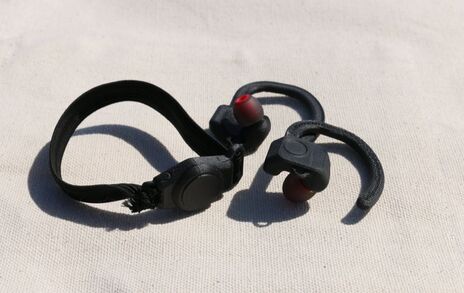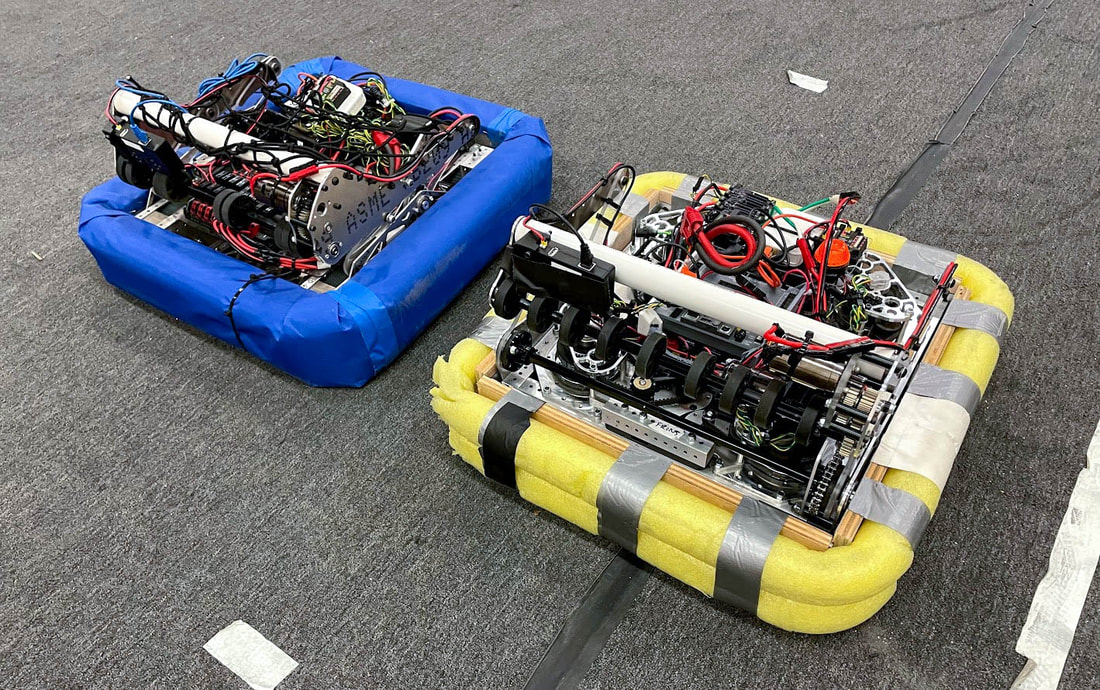2021 season
Game design challenge
|
For the Game Design Challenge, we were given the opportunity to design a FIRST Robotics Competition game and compete with other teams for a chance to pitch our game to the FIRST Robotics Competition Game Design Team.
Our team started off by looking at different ways to use the Game Design Challenge Element, a chain, in our game. We then began creating different game design concepts to review and ended up choosing the System Overboard concept, officially called Storm Surge. Afterwards, we went through different scenarios to figure out point systems, rules, and fouls for Storm Surge. Our team spent many hours working on the Written Submission, Supplementary Information, and the Game Animation as well.
|
|
Game design challenge Documents
|
Game Design Supplemental Documentation:
Vertical Divider
|
Game Design Submission:
| ||||||||||||
innovation challenge
|
We had several discussions about the different features that should be included in LimeAid. To help with our research, we contacted various experts at UC Davis, the Special Olympics, as well as people on our team and in our community with autism. Afterwards, we made different CAD models and 3D printed prototypes of our earpiece and designed an optional wristband if the earpieces weren’t preferred. Both the earpieces and the wristband have buttons which notify coaches on the LimeAid app if athletes need immediate help. The LimeAid App is designed to allow coaches to communicate directly to the athlete and includes adjustable settings for tactile feedback, volume, and noise cancellation.
|
The Innovation Challenge had us identify a problem and design a solution to help a community of people keep optimal physical and/or mental health through active play or movement.
First, we brainstormed ideas with the entire team at kickoff about possible problems and solutions that addressed the challenge. Our Innovation team then sorted all of our ideas and continued to brainstorm off of what we had. After further review, we decided to help kids with autism feel safer and more comfortable in various sports environments by designing an ear piece called LimeAid. |
innovation challenge Documents
|
Innovation Presentation Slides:
Vertical Divider
|
LimeAid Written Submission:
| ||||||||||||
skills challenges
|
The FIRST At Home Skills Challenges were unique to the 2021 season and replicated the competitive elements of a FIRST game in a typical year, while still allowing teams to compete virtually. A total of five challenges were available for teams to participate in, but only the top three scores from challenges would be used. Keeping this in mind, our team decided to focus on the Galactic Search, AutoNav, and Hyperdrive challenges.
Right to left, "Clemen-teeny" and "Clemen-tiny."
|
We discovered that all three challenges required a lightweight, speed-optimized robot to get the best times possible. Thus we designed a tank robot, “Clemen-teeny,” and a swerve robot, “Clemen-tiny.” “Clemen-teeny” is a modified AndyMark treadrunner with nitrile tread and eight falcons in drive. The goal with this robot was to maximize contact with the carpet, yet minimize the size of the robot. “Clemen-tiny” is a modified SDS MK3 swerve drive with 12 falcons in the drive. Swerve, however, is new to our team so we stuck with our reliable tank bot while completing the autonomous challenges.
|
Galactic ChallengeDuring the Galactic Search Challenge, we were tasked with autonomously locating and collecting Power Cells as fast as we could on one of two pairs of paths. We had to randomly choose between the two paths (red and blue) and ended up running the red path for this challenge. Because the paths were randomly chosen, we used the limelight to help the robot differentiate which path it was going to take. The limelight used the placement of the Power Cells to tell the robot which of the two paths to run.
videosVertical Divider
|
Autonav challengeIn the AutoNav challenge, our team worked to create code that allowed our robot to run three predetermined paths as fast as possible. For all three paths, we were able to successfully get times under 10 seconds. We originally intended to use our swerve robot “Clemen-tiny” to complete this challenge, but found many difficulties with swerve during auto development. Because of these challenges, we ultimately switched to our tank drive robot for the final submission. We focused on improving speed on our autos without losing control or consistency, which was made possible by the eight Falcon motors on the robot and its small dimensions.
VideosVertical Divider
|
Hyperdrive challengeFor the Hyperdrive challenge, we had to remotely drive our robot through predetermined paths as fast as possible. Using “Clemen-teeny,” we were able to get the majority of our times under 10 seconds. However, we did face some difficulties with our robot during the challenge. After 10 runs, the batteries began dying due to the number of motors on the robot. As a result, we had to frequently interrupt practice to replace the battery.
Videos |
awards
|
|





